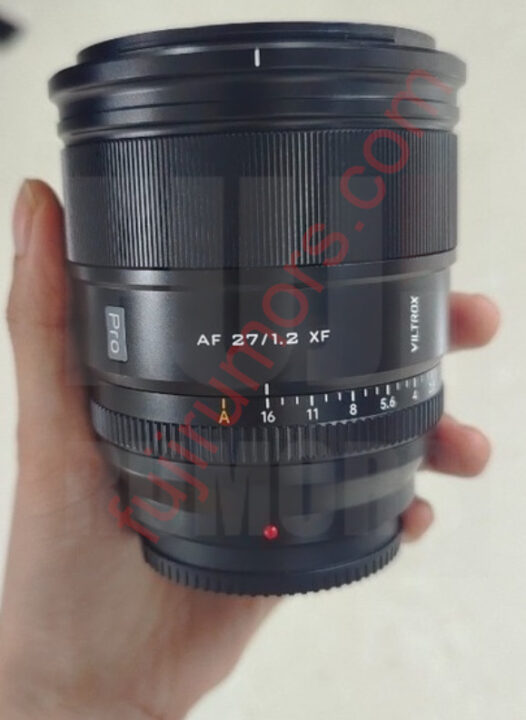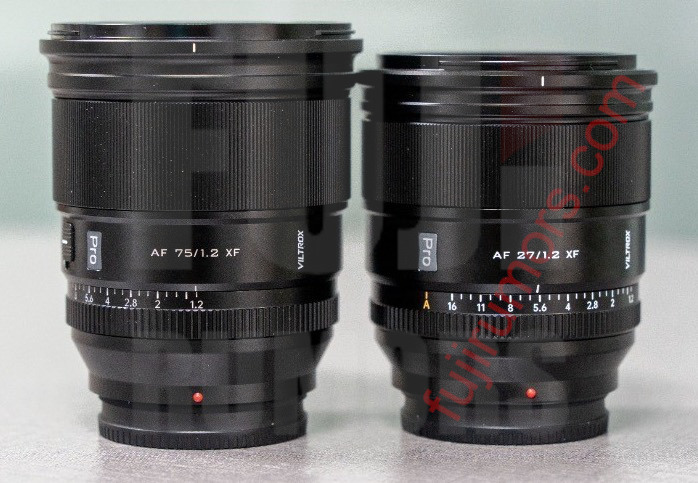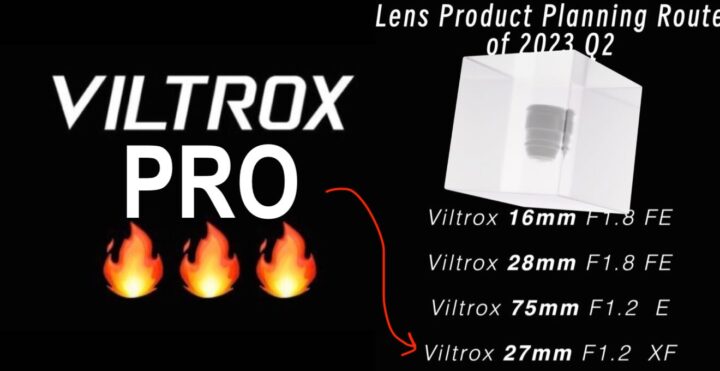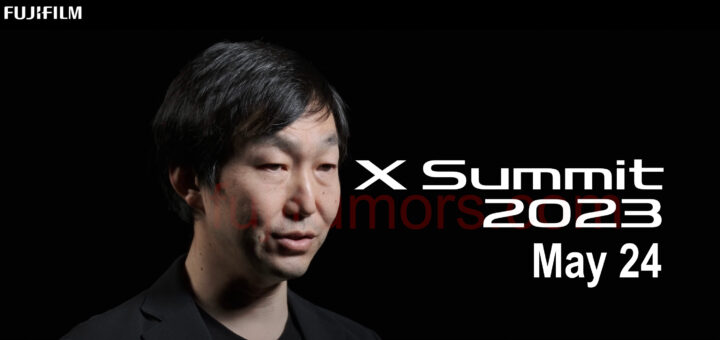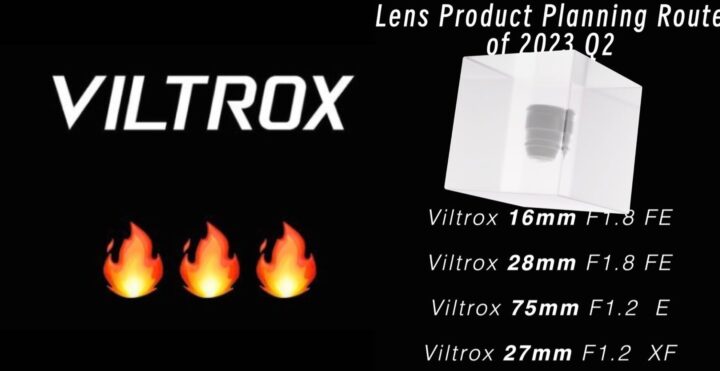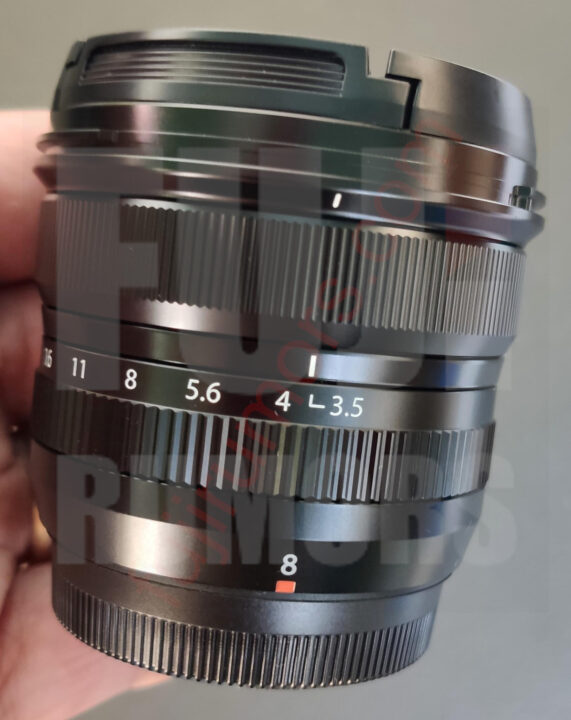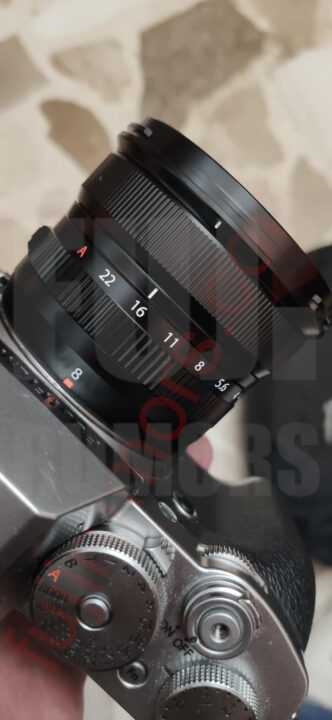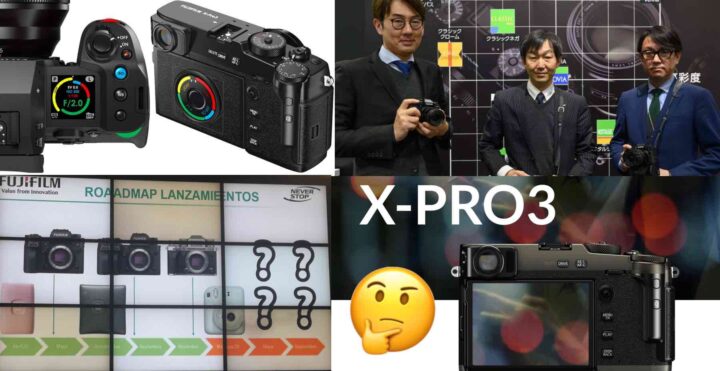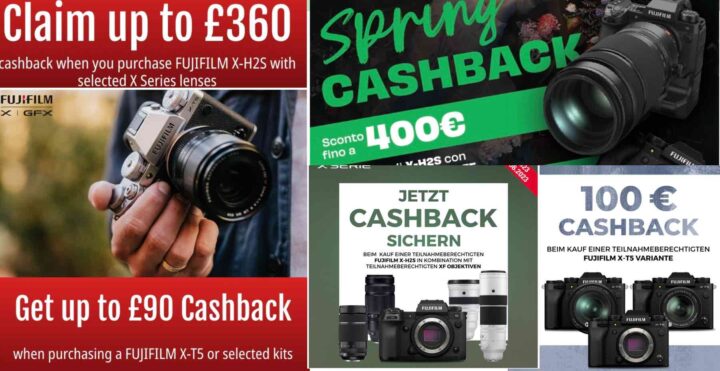Fujifilm Camera Remote Ver.4.7.2 Released
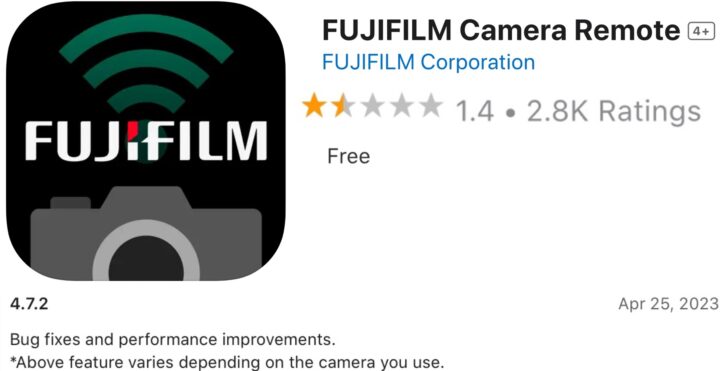
Fujifilm has released ver. 4.7.2 of their Fujifilm camera remote App – iOS only!
I am not sure this new update will help the App to get better ratings on the App store.
What we need at this point is a totally new App.
But sadly after almost one years of rumors and leaks, including internal Fujifilm slides that unveil the name of a new App Fujifilm is working on, we still have to deal with the old camera remote App.
It’s kind of impressive that a huge company like Fujifilm needs years to develop a simple App that at least does not break your camera when you use it.
Fujifilm Facebook Groups

